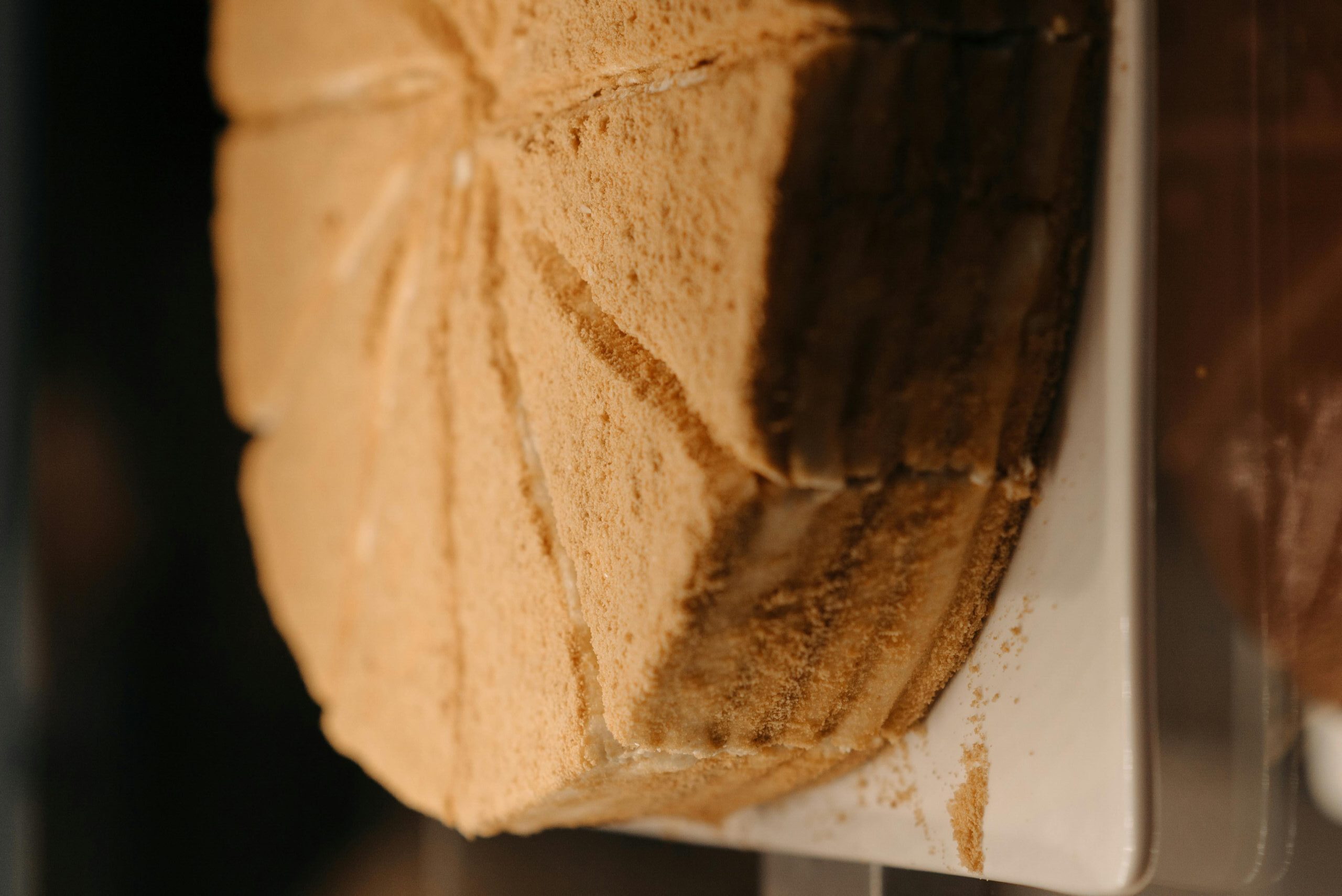- HUMOR
Shark Puns


Honey cake is a timeless dessert that holds a special place in many culinary traditions, particularly during Jewish celebrations like Rosh Hashanah. Its rich, moist texture and distinctive flavor make it a favorite among bakers and dessert lovers alike. However, achieving the perfect honey cake can be challenging, with common pitfalls that can turn baking into a frustrating experience. This guide offers insights into common baking mistakes, tips for troubleshooting, and a variety of honey cake recipes to inspire both novice and experienced bakers.
Baking a honey cake can sometimes lead to unexpected results, such as a cake that is too dense or overly dry. Understanding these common mistakes is the first step toward mastering this classic dessert.
One frequent error is overmixing the batter, which can lead to a tough texture. To avoid this, mix the ingredients until just combined. Another common mistake is using old or expired baking powder or baking soda, which can prevent the cake from rising properly. Always check the expiration dates and test their effectiveness by adding a small amount to hot water (baking powder) or vinegar (baking soda) to see if they fizz.
Temperature plays a crucial role in baking. Make sure all ingredients are at room temperature before starting. Cold eggs or honey can lead to uneven mixing and a dense cake. Additionally, ensure your oven is properly preheated and calibrated to avoid underbaking or overbaking.
The choice of baking pan can significantly affect the outcome of your honey cake. Bundt pans, with their decorative shapes, offer more surface area, which can lead to a more evenly baked cake with a delightful crust. They are ideal for special occasions where presentation is key.
Loaf pans, on the other hand, provide a more traditional look and are perfect for everyday baking. They offer a thicker, moister interior, which is perfect for those who enjoy a dense cake. When choosing a pan, consider the recipe’s instructions and the occasion for which you are baking. Always grease your pan thoroughly to ensure the cake releases easily after baking.
Fresh ingredients are the cornerstone of a delicious honey cake. Honey, being the star ingredient, should be of high quality and fresh. Old or crystallized honey can affect both the texture and flavor of the cake. If your honey has crystallized, gently warm it to return it to a liquid state.
Eggs also play a crucial role in the cake’s texture and rise. Fresh eggs will provide better volume and a lighter texture. Check the freshness of your eggs by placing them in a bowl of water; fresh eggs will sink, while older ones will float.
Understanding the difference between baking powder and baking soda is essential for troubleshooting honey cake issues. Baking soda is a base that requires an acidic ingredient to activate, such as honey or buttermilk. Baking powder, on the other hand, contains both an acid and a base, and it activates with moisture and heat.
Using the wrong leavening agent can lead to flat or overly dense cakes. Always follow the recipe carefully, and if you’re experimenting, remember that one teaspoon of baking powder is roughly equivalent to 1/4 teaspoon of baking soda plus 1/2 teaspoon of cream of tartar.
While traditional honey cake recipes often call for white sugar, there are several alternatives for those looking to adjust the sweetness or explore different flavors. Brown sugar can add a deeper molasses flavor, while coconut sugar offers a subtle caramel taste. Both can be used in equal quantities to white sugar.
For those looking to reduce sugar, consider using unsweetened applesauce or mashed bananas, which also add moisture to the cake. Remember, these substitutions can affect the cake’s texture, so adjustments in baking time may be necessary.
A common issue with honey cake is achieving the desired texture. A dense cake can result from overmixing or using too much flour. To achieve a fluffy texture, ensure your ingredients are fresh and properly measured. Sifting the flour and other dry ingredients can also help incorporate air, leading to a lighter cake.
Additionally, the method of incorporating wet and dry ingredients can affect texture. Gently fold the dry ingredients into the wet mixture to maintain airiness. If your cake turns out dense, consider reducing the flour or adding an extra egg for more lift.
Adding orange juice and zest to your honey cake can enhance its flavor profile, providing a citrusy brightness that complements the sweetness of the honey. When using orange juice, reduce the amount of other liquids in the recipe to maintain the correct batter consistency.
For the zest, use a microplane to finely grate the outer peel of the orange, avoiding the bitter white pith. This small addition can make a significant difference, adding depth and complexity to the cake’s flavor.
Properly greasing your cake pan is essential to prevent sticking and ensure a smooth release. Use a pastry brush to apply a thin layer of butter or oil, making sure to cover all the nooks and crannies of the pan.
For added insurance, dust the greased pan with flour, tapping out the excess. This creates a barrier between the cake and the pan, further preventing sticking. For a non-stick alternative, use parchment paper to line the bottom of the pan.
Overbaking can result in a dry, crumbly honey cake. Signs of overbaking include a dark crust and a cake that pulls away from the sides of the pan. To avoid this, use an oven thermometer to ensure accurate temperature and check the cake for doneness a few minutes before the suggested baking time.
If you find your cake is overbaked, brush it with a simple syrup or honey glaze immediately after removing it from the oven. This can help restore some moisture and add a glossy finish.
Proper storage is key to maintaining the freshness and flavor of your honey cake. Once cooled, wrap the cake tightly in plastic wrap or store it in an airtight container to prevent it from drying out.
Honey cake can be stored at room temperature for up to three days. For longer storage, freeze the cake by wrapping it in plastic wrap and aluminum foil. When ready to serve, allow it to thaw at room temperature, ensuring it retains its moisture and flavor.
Honey cake is a versatile dessert that lends itself to a variety of interpretations. The classic version typically includes spices like cinnamon and cloves, but modern variations can incorporate ingredients like chocolate chips, nuts, or dried fruits.
For a unique twist, try a honey cake with a ginger and cardamom infusion, or opt for a decadent chocolate honey cake by adding cocoa powder and a chocolate glaze. These variations offer exciting flavor combinations while maintaining the essence of traditional honey cake.
Honey cake is a staple during Rosh Hashanah, symbolizing a sweet new year. Serve it as part of a festive spread, paired with apples and honey or a selection of seasonal fruits.
Beyond holidays, honey cake makes a delightful accompaniment to afternoon tea or coffee. Its rich flavor pairs well with a dollop of whipped cream or a scoop of vanilla ice cream, making it a versatile dessert for any occasion.
With each baking attempt, there’s an opportunity to refine your honey cake recipe. Keep notes on what works and what doesn’t, adjusting ingredients and techniques as needed. Experiment with different types of honey, spices, and flavor additions to create a version that’s uniquely yours.
Remember, baking is both a science and an art, requiring patience and practice. By understanding common mistakes and applying these troubleshooting tips, you’ll be well on your way to mastering the perfect honey cake, ready to impress family and friends at any gathering.